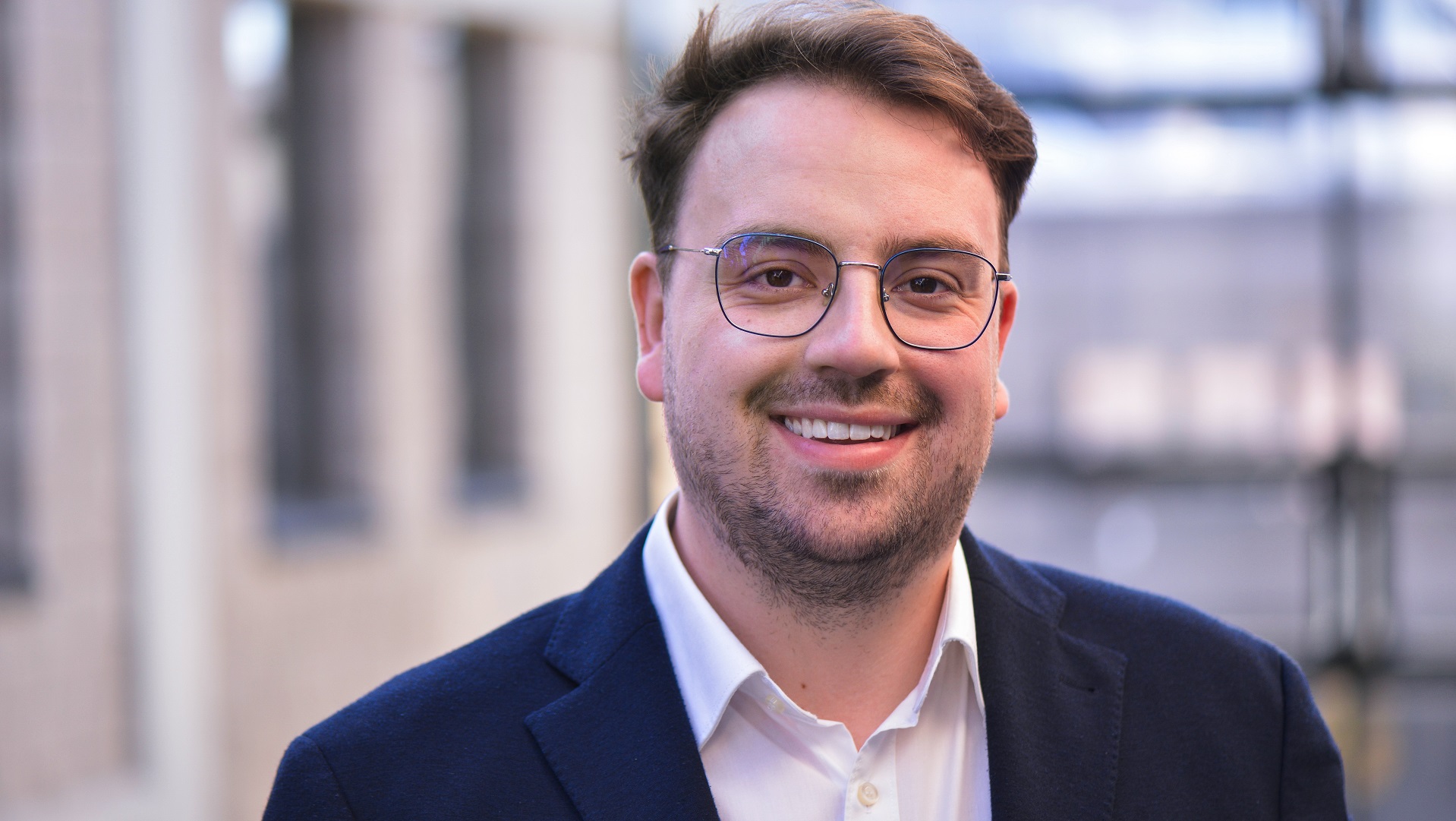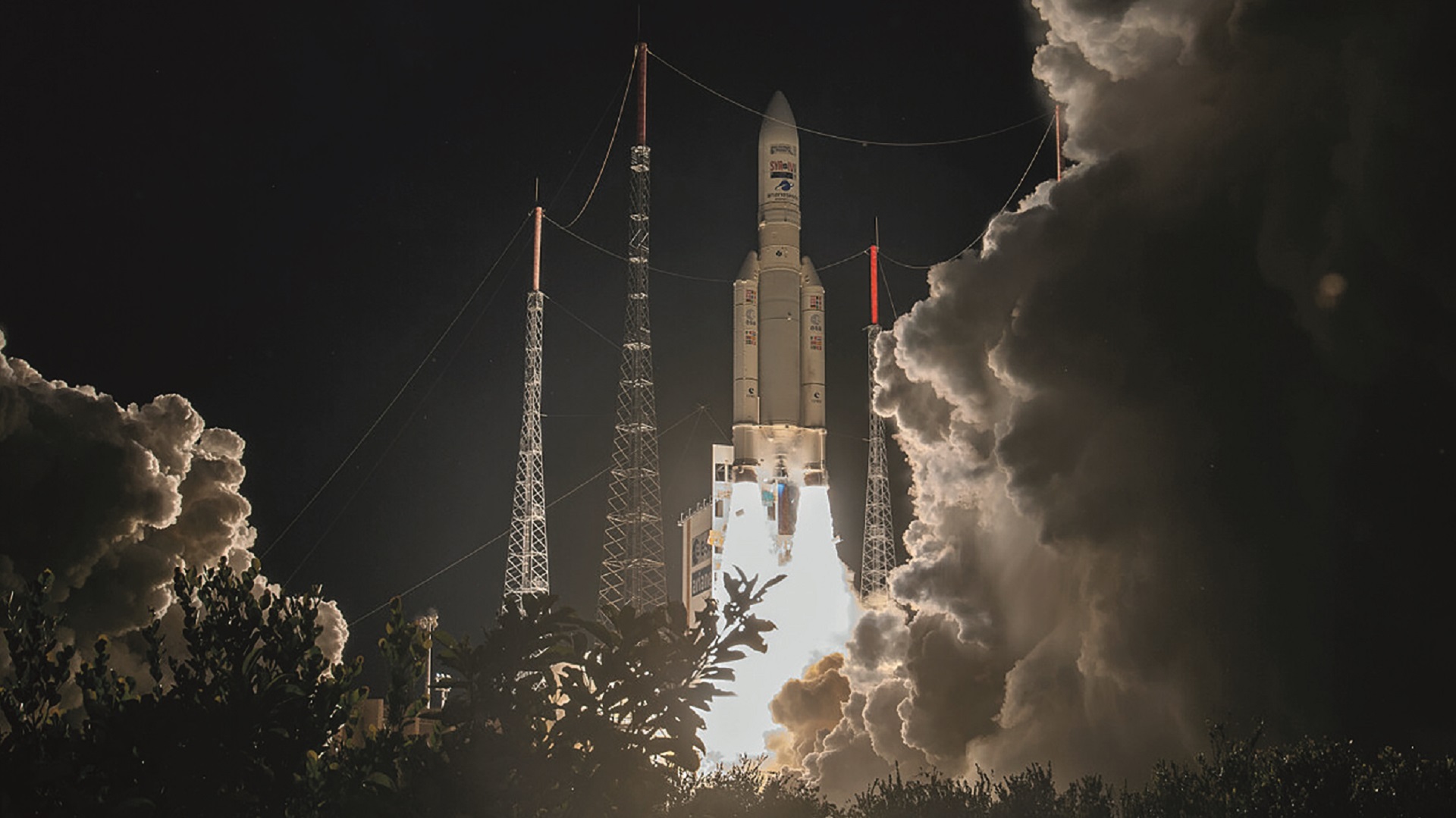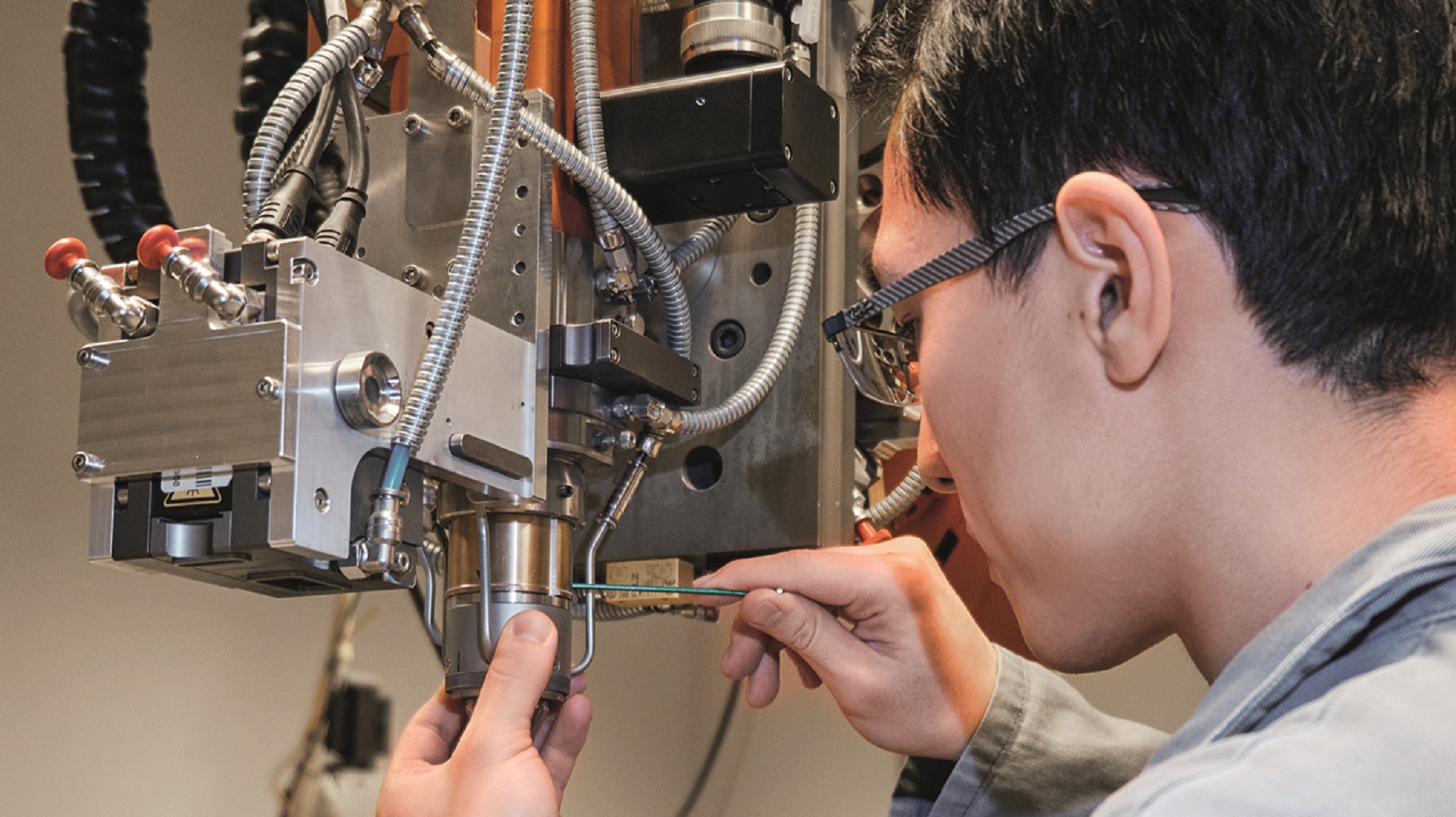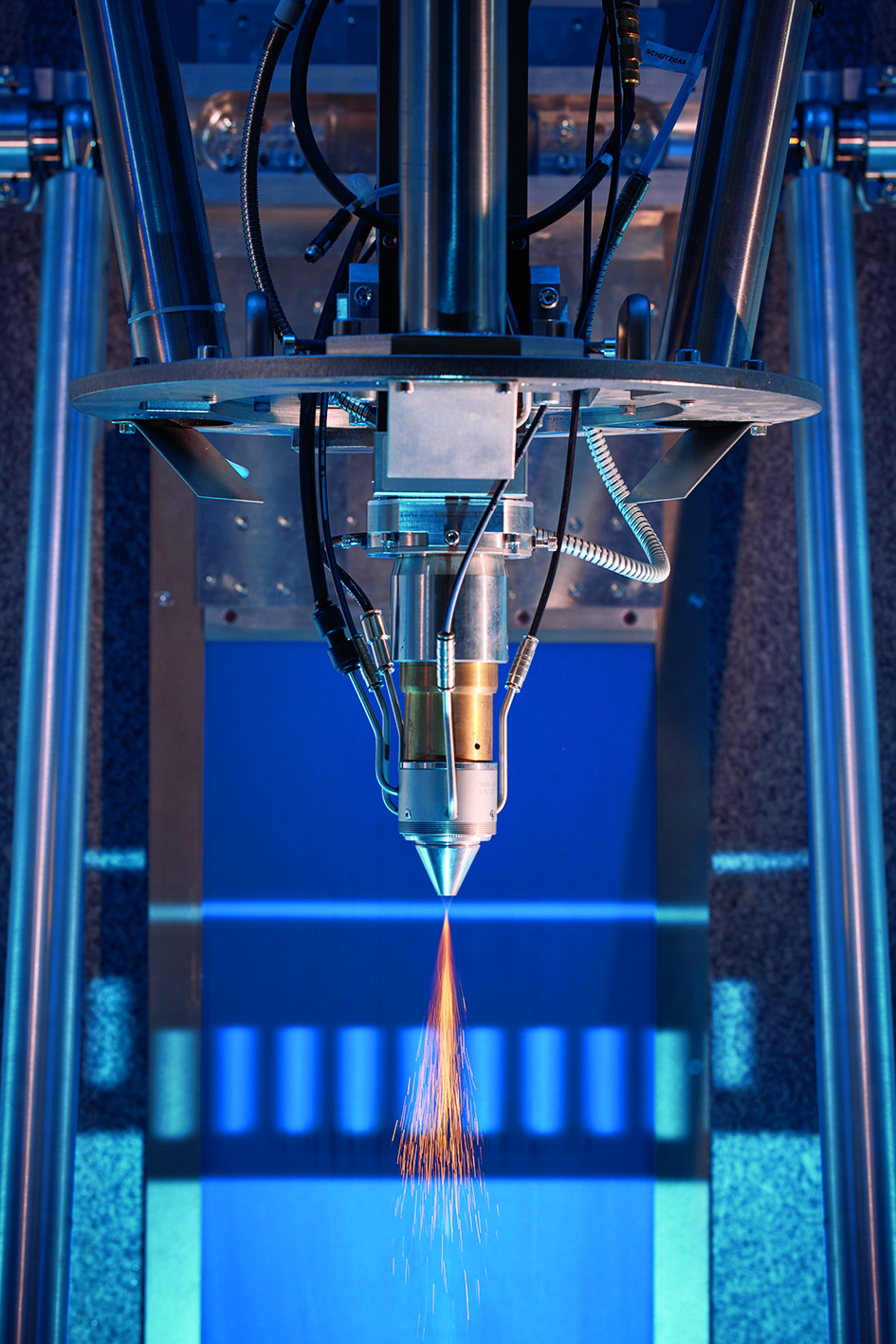"How can aviation be made greener?" asks Luke Schüller, research associate at Fraunhofer ILT, in a technical article. He provides the answer: by using lightweight construction, 3D printing and new high-performance materials to meet strict political climate protection requirements.
The LPBF (laser powder bed fusion) process, in which metal powder is fused layer by layer with the laser beam, plays a key role. This method enables users to produce complex and high-strength components that are not only lighter but also more resistant – crucial properties needed for the aviation of tomorrow.
Teamwork with material manufacturers: special powders for the future of hydrogen
Fraunhofer ILT is developing special powders as part of the TIRIKA research initiative (Technologies and Innovations for Resource-saving, Climate-friendly Aviation) of the Federal Ministry for Economic Affairs and Climate Action. The initiative focuses on using hydrogen as an emission-free energy source for aviation. Together with material manufacturers, the experts have developed powders that meet the high requirements of the aviation industry for hydrogen engines. The experts have also developed LPBF processes for materials that are commercially available and finally validated them in cooperation with the partners using various test procedures.
"Since targeted adjustments have been made in the LPBF process, we can now achieve a relative component density of over 99.5 percent and a high build-up rate of more than 100 cm³/h," explains Schüller. Not only are the aluminum alloys lightweight, but they have high-strength. Furthermore, they are resistant to hydrogen, an element that can cause embrittlement and material fatigue at high temperatures and pressures. This makes these alloys ideal candidates for use in future emission-free hydrogen engines. What's more, thanks to the uniform laser melting process, the new special powders make it possible to generate complex geometrical forms and functional structures that cannot be made using conventional processes such as casting or forging.
Electronic detection sensor for 0.4 millimeter particles
During the production process, a precise sensor system detects artefacts down to a size of 0.4 millimeters directly in the powder bed and in the melting process. This minimizes time-consuming downstream inspections and significantly increases production efficiency.
However, advanced processes not only influence the quality and efficiency of production, but also their ecological footprint. Fraunhofer ILT uses life cycle assessment (LCA) to evaluate the environmental friendliness of additive manufacturing processes. This involves looking at the entire life cycle of a component – from raw material procurement to production and recycling. "For us, the life cycle assessment is an indispensable tool for evaluating the environmental impact of products over their entire life cycle and identifying sustainable alternatives," says Dr. Tim Lantzsch, head of the Laser Powder Bed Fusion department at Fraunhofer ILT. However, in order to design this comprehensive process effectively, research needs to acquire high-quality and meaningful data at an early stage of the digital value chain.
 Fraunhofer Institute for Laser Technology ILT
Fraunhofer Institute for Laser Technology ILT


